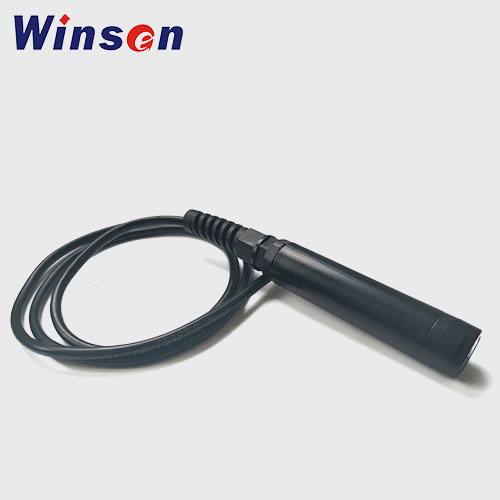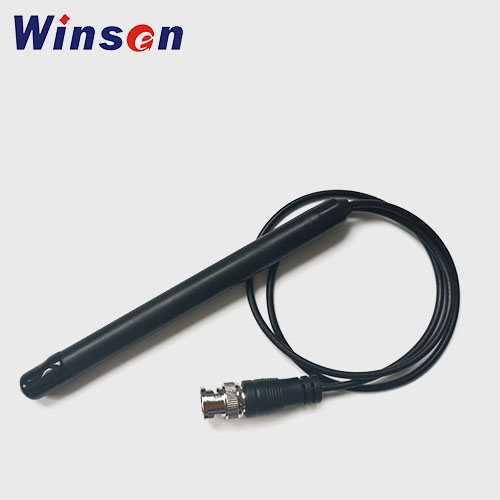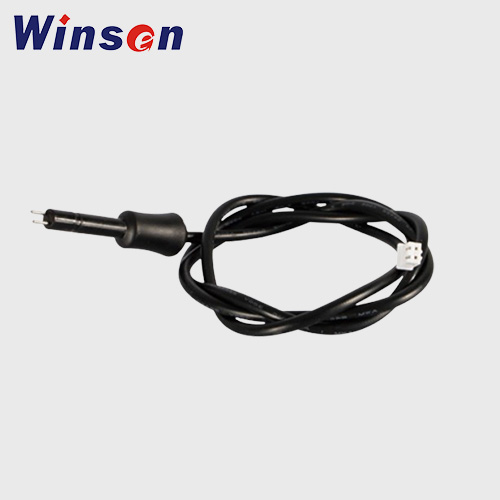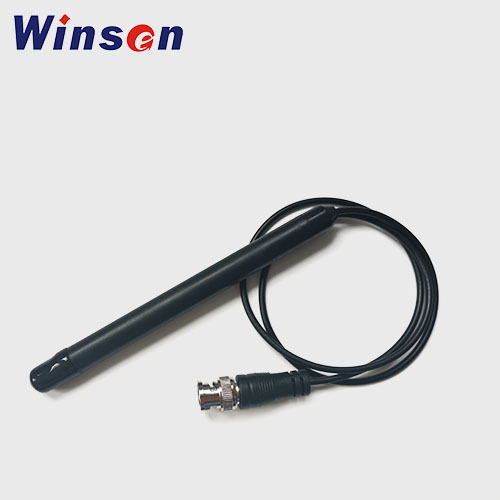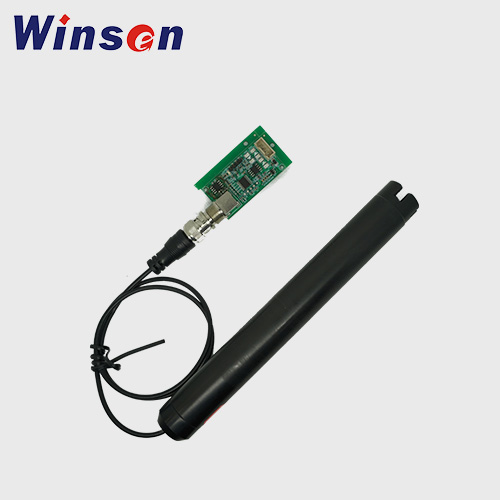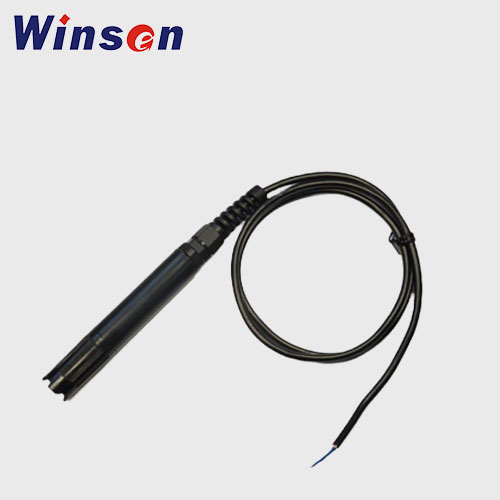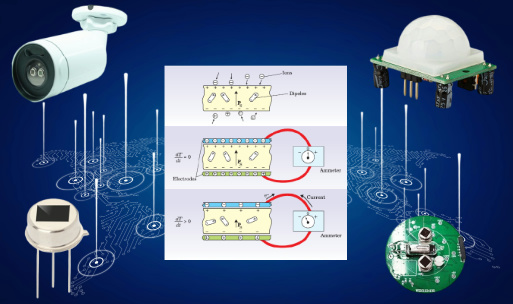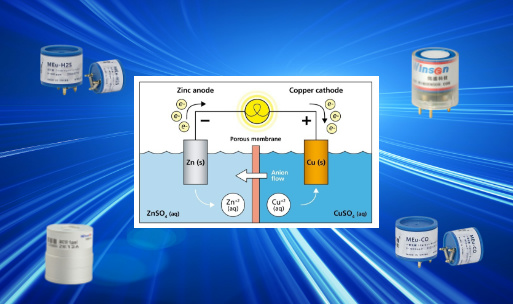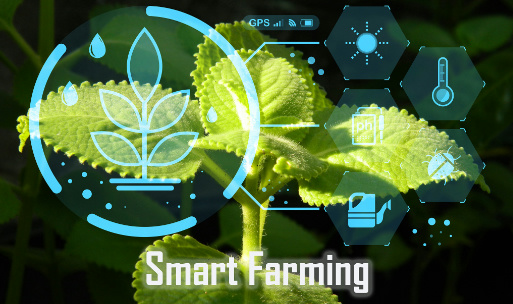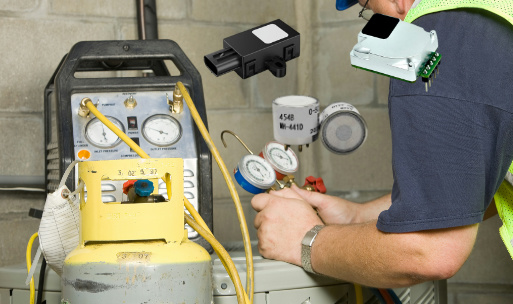Best Smart Sensors for Farming: Revolutionizing Agriculture with Technology
In recent years, agriculture has undergone a major technological transformation, often referred to as Smart Farming or Precision Agriculture. At the heart of this evolution lies the integration of smart sensors—advanced devices capable of collecting real-time data to optimize every aspect of farming. From monitoring soil health to tracking weather patterns, smart sensors provide farmers with the insights needed to maximize yield, reduce waste, and sustainably manage resources.
This comprehensive article explores the different types of smart sensors used in farming, how they work, their benefits, applications, leading technologies, and what the future holds for agriculture powered by sensors.
1. The Importance of Smart Sensors in Agriculture
Traditional farming largely depended on intuition, experience, and manual observation. However, modern challenges—such as climate change, soil degradation, water scarcity, and growing food demand—have made traditional methods less effective.
Smart sensors help farmers:
Monitor crops and soil conditions in real-time
Optimize irrigation and fertilization
Predict and prevent diseases and pests
Improve crop yield and quality
Conserve resources like water and energy
Make data-driven decisions
By leveraging sensor data, farmers can manage large-scale operations more efficiently and sustainably.
2. Key Types of Smart Sensors for Farming
a. Soil Moisture Sensors
Purpose: Measure the water content in soil.
Benefits: Prevent over-irrigation and under-watering; conserve water; optimize plant health.
Popular Technologies: Capacitive sensors, Time Domain Reflectometry (TDR) sensors.
b. Soil Nutrient Sensors
Purpose: Monitor levels of nitrogen (N), phosphorus (P), and potassium (K), among other nutrients.
- Benefits: Ensure precise fertilization; avoid nutrient deficiencies; reduce runoff pollution.
c. Weather Sensors
Purpose: Measure atmospheric conditions including temperature, humidity, rainfall, wind speed, and solar radiation.
- Benefits: Predict and prepare for weather changes; plan planting and harvesting activities.
d. pH Sensors
Purpose: Measure the acidity or alkalinity of soil.
- Benefits: Maintain optimal pH levels for specific crops; ensure nutrient availability.
e. Light Sensors (PAR Sensors)
Purpose: Measure Photosynthetically Active Radiation (PAR) which plants use for photosynthesis.
- Benefits: Optimize lighting in greenhouses; maximize photosynthesis and growth.
f. Livestock Monitoring Sensors
Purpose: Track animal health, location, and activity.
- Benefits: Early disease detection; optimized breeding; reduced mortality.
g. Drone-based Sensors
Purpose: Remote sensing of crop health, soil conditions, and water stress using aerial imagery.
- Benefits: Cover large areas quickly; identify problems before they escalate.
h. Water Quality Sensors
Purpose: Monitor the quality of water used for irrigation.
- Benefits: Ensure safe and effective irrigation; prevent crop damage.
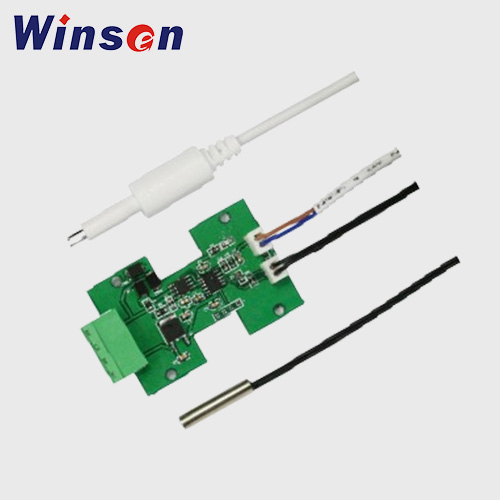
ZW-TS101 Water Quality Temperature +TDS Detection Module
- Temperature +TDS
- 0~100℃; 0-2000μs/cm
- Read More
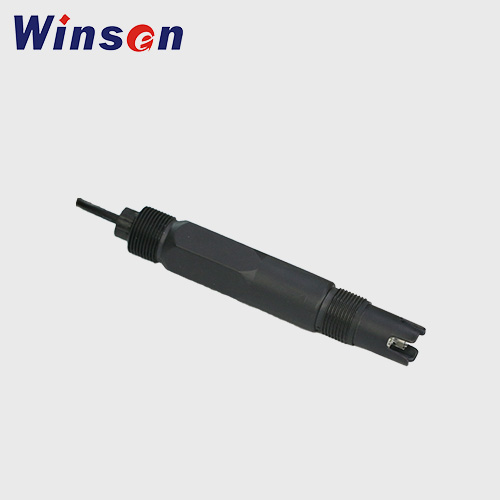
ZW-C101 Electrical Conductivity Water Quality Detection Sensor
- Electrical Conductivity
- 0~20000μS/cm
- Read More
i. Pest and Disease Detection Sensors
Purpose: Detect the presence of pests and pathogens.
- Benefits: Enable early intervention; reduce pesticide use.
j. CO₂ Sensors
Purpose: Monitor carbon dioxide levels in greenhouses.
- Benefits: Enhance photosynthesis and productivity in controlled environments.
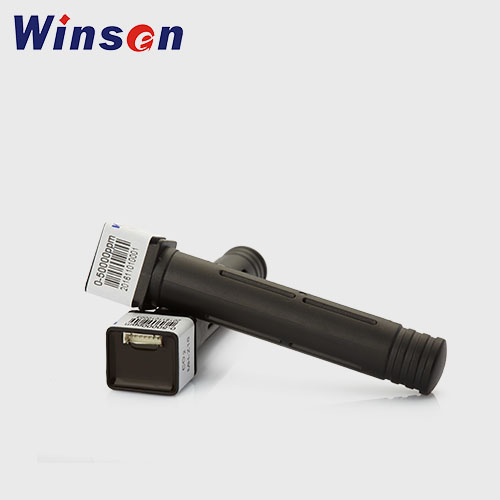
| Target: | CO2 |
| Model: | MH-Z16 |
| Detection range: | 400~10000ppm optional |
| Detection principle: | non-dispersive infrared (NDIR) principle |
| Characteristics: | Educational instruments, animal husbandry production |
| Size: | 57.15x34.7x14.5mm (LxWxH) |
| Working conditions: | DC(5.0±0.1)V |
| Measurement range: |
0~2000 ppm 0~5000 ppm 0~10000ppm 0~5%Vol 0~10%Vol 0~15%Vol |
| Resolution and accuracy: | 1ppm ±(50ppm+5% reading value) <1%vol reading value |
| Response time: | T90 < 30s |
MH-Z16 Manual download
Get Price Whatsapp
3. How Smart Sensors Work in Farming
Smart sensors typically follow a three-stage process:
Sensing: Collect physical data such as moisture, temperature, or nutrient levels.
Processing: Some sensors have on-board processors that analyze raw data.
Communication: Data is transmitted to a central system or cloud via wireless technologies like LoRaWAN, Zigbee, or Cellular IoT.
Farmers can access this information through dashboards, mobile apps, or integrated farm management systems.
4. Benefits of Using Smart Sensors in Agriculture
Increased Yields: Better monitoring leads to healthier crops and higher outputs.
Resource Optimization: Saves water, fertilizers, and energy.
Reduced Environmental Impact: Lowers chemical runoff and soil degradation.
Cost Efficiency: Reduces input costs by applying resources precisely where needed.
Improved Decision-Making: Data-driven insights replace guesswork.
Predictive Maintenance: Detect potential issues early, minimizing losses.
Sustainability: Promotes long-term farm viability.
5. Applications of Smart Sensors in Different Types of Farming
a. Row Crops (Corn, Wheat, Soybeans)
Soil moisture and nutrient sensors optimize irrigation and fertilization schedules.
Drone-based imagery identifies stressed plants early.
b. Orchards and Vineyards
Microclimate sensors detect frost risks.
Soil monitoring ensures tree roots get optimal water and nutrients.
c. Greenhouses
Light, temperature and humidity, and CO₂ sensors automate climate control systems.
pH and EC (Electrical Conductivity) sensors manage hydroponic nutrient solutions.
d. Livestock Farming
Wearable sensors monitor animal vitals.
Water sensors ensure access to clean drinking water.
e. Aquaculture
6. Leading Smart Farming Sensor Technologies
| Brand/Company | Specialty | Notable Products |
|---|---|---|
| John Deere | Precision Agriculture | See & Spray System |
| Trimble Agriculture | GPS, Soil Sensors | Trimble Ag Software |
| Ag Leader Technology | Full Farming Solutions | AgFiniti® |
| Climate FieldView (Bayer) | Data Analytics | Field Data Collection |
| Arable Labs | Crop Monitoring | Arable Mark Sensor |
| Semios | Pest Detection | Real-time Insect Monitoring |
7. Communication Technologies for Sensor Networks
LoRaWAN (Low Power Wide Area Network): Ideal for remote farm areas.
NB-IoT (Narrowband IoT): Works well where cellular networks exist.
Zigbee: Good for greenhouse sensor networks.
Wi-Fi: Used when infrastructure is already available.
Bluetooth: For short-range sensor applications.
The right communication protocol ensures reliable, efficient data transmission across the farm.
8. Challenges of Implementing Smart Sensors in Farming
| Challenge | Solution |
|---|---|
| High Initial Investment | Government subsidies; ROI analysis |
| Connectivity Issues | Use long-range wireless networks like LoRaWAN |
| Data Overload | Implement AI-based data analytics tools |
| Sensor Durability | Choose rugged, weatherproof devices |
| User Training | Provide farmer education programs |
Despite these challenges, the benefits often outweigh the costs.
9. Future Trends in Agricultural Sensors
a. AI and Machine Learning Integration
Advanced AI will help interpret sensor data more effectively, offering predictive analytics for crop yields, pest outbreaks, and climate trends.
b. Autonomous Farming Equipment
Tractors and drones will work with sensors to automate planting, spraying, and harvesting.
c. Blockchain for Food Traceability
Sensors will track crops from seed to sale, improving transparency and food safety.
d. Sensor Miniaturization
Smaller, cheaper sensors will make widespread deployment even more feasible.
e. Energy Harvesting Sensors
Self-powered sensors (solar or kinetic energy) will reduce maintenance needs.
Conclusion
Smart sensors have fundamentally reshaped modern agriculture, offering unprecedented visibility into every layer of farming operations. Whether it’s ensuring that soil moisture levels are perfect, identifying pest problems before they spread, or automating greenhouse climate control, smart sensors empower farmers to work smarter, not harder.
As sensor technologies continue to evolve—becoming more affordable, more precise, and more connected—the adoption of smart farming will only accelerate. Those who embrace this technology today will be better positioned to meet the agricultural demands of tomorrow while promoting sustainability, efficiency, and profitability.
Smart farming isn't just the future—it's already here.
